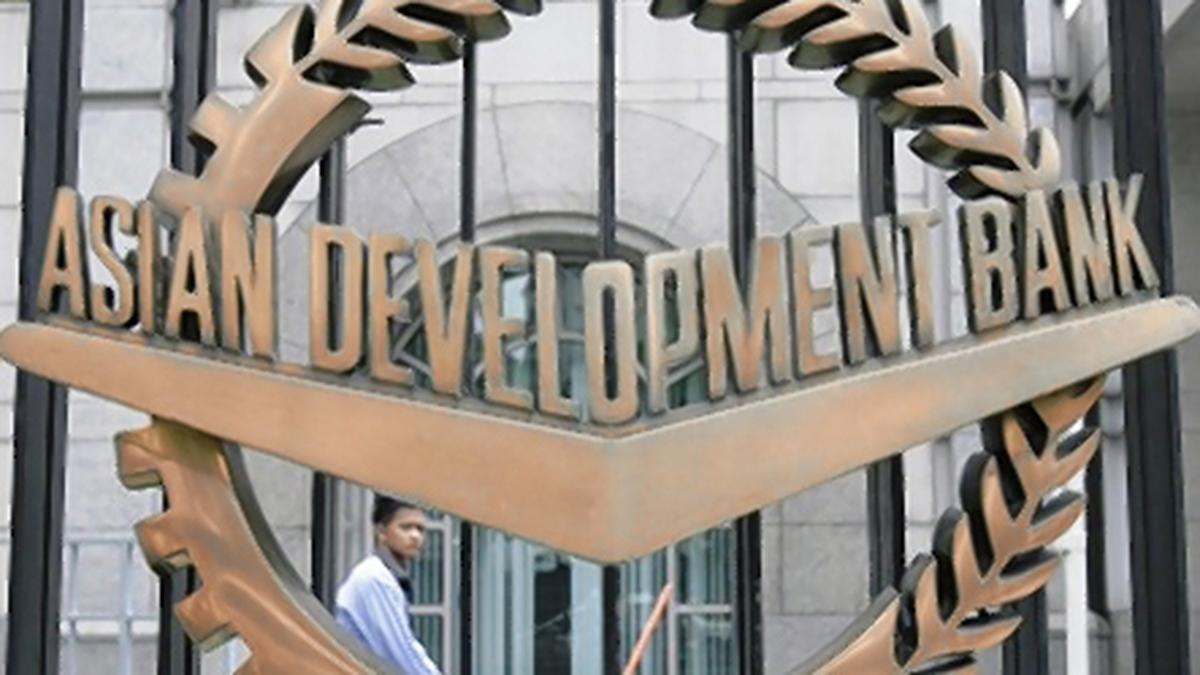
If farm output returns to trends, retail inflation to ease to 4.6% this year and food inflation to cool 5.7% , ADB projects
The Hindu
ADB projects India's economy to remain robust with growth expected to slow slightly before improving in 2025-26.
India’s economy is expected to remain robust over the next two years, even though headline growth in the country’s Gross Domestic Product (GDP) is forecast to slow from 7.6% in 2023-24 to 7% this year before improving to 7.2% in 2025-26, the Asian Development Bank (ADB) said.
In its Asia Development Outlook report released on April 11, the Bank said it expects retail inflation to ease to 4.6% this year and 4.5% in 2025-26. India’s ‘persistent’ food inflation is expected to drop to 5.7% as farm output returns to trends this year.
A projected normal monsoon this year will also help revive rural consumption, which was muted last year due to erratic rainfall affecting the farm sector, with greater demand for work under the Mahatma Gandhi National Rural Employment Guarantee Act signalling the resultant stress.
“In India, growth is forecast to remain strong as rising consumption complements continued investment growth,” said Abdul Abiad, director of ADB’s macroeconomics research division. As India accounts for 80% of South Asia’s GDP, it is still the fastest-growing sub-region with improving domestic demand as prices moderate in most economies, he noted. South Asia is expected to grow 6.3% this year and 6.6% in 2025.
Higher incomes will spur consumer demand and confidence levels in urban consumers has improved, so demand is expected to rise from those areas with falling inflation and a gradual improvement in cities’ labour markets, the ADB reckoned. However, a rise in imports to meet domestic demand could widen the Current Account Deficit moderately to 1.7% of GDP this year and next year, it said.
India’s growth, the report said, will be driven by public and private sector investment demand and by gradual improvement in consumer demand as the rural economy improves. While exports are likely to be relatively muted this year as growth in major advanced economies slows down, they will improve in 2025-26.
“Foreign direct investment inflow will likely remain muted in the near term due to tight global financial conditions but will pick up in 2025-26 with higher industry and infrastructure investment,” the report averred.





















 Run 3 Space | Play Space Running Game
Run 3 Space | Play Space Running Game Traffic Jam 3D | Online Racing Game
Traffic Jam 3D | Online Racing Game Duck Hunt | Play Old Classic Game
Duck Hunt | Play Old Classic Game











